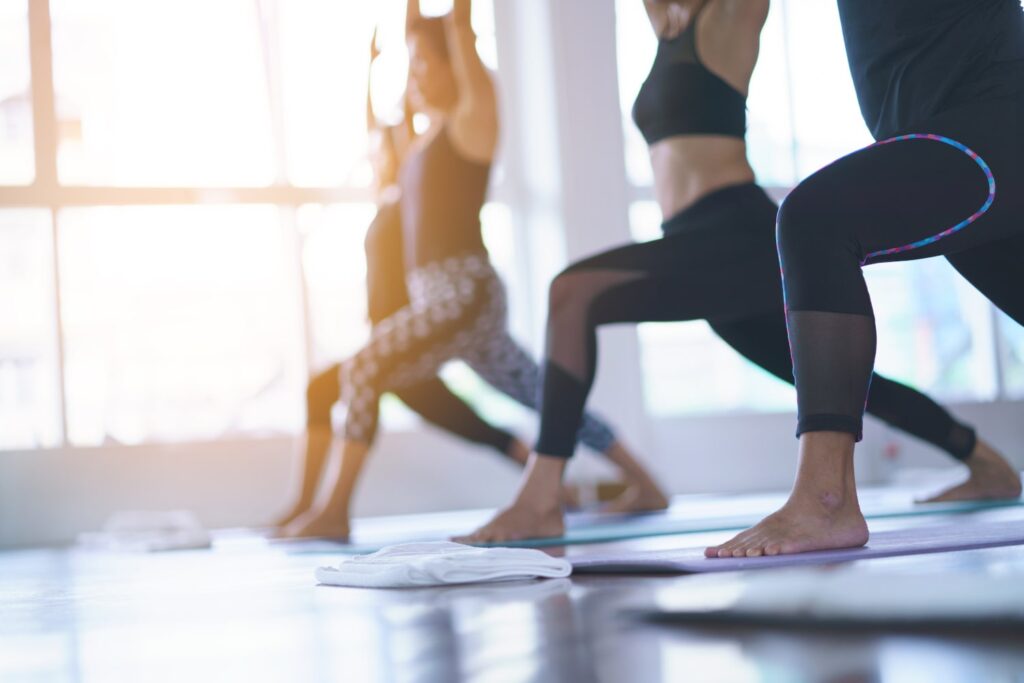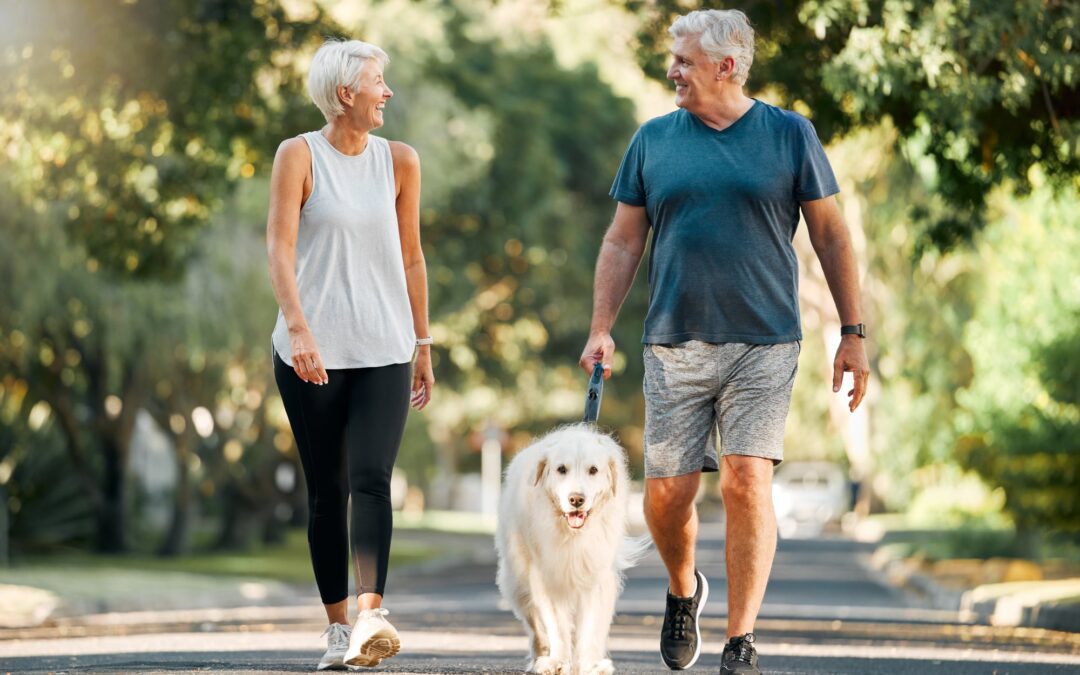Two simple exercises to get in shape for summer vacation
Prepare for your upcoming vacation by doing two simple exercises to get in shape for summer vacation and have more fun.
Summer is fast approaching, and many people have already made vacation plans for the summer season. You have probably made all your arrangements for your trip by now, but are you ready to fully enjoy your vacation? Even if you are heading for a restful beach vacation where you plan on doing little but sitting in the sun sipping on fruity drinks, you will likely do some physical activity you haven’t been doing in a while. Possibly walking on the beach, swimming, playing volleyball, or even dancing.
Whether heading to Disney with the kids or taking a river cruise through Europe, you may find yourself exhausted, sore, and tired at the end of the day while on vacation. Unfortunately, most people don’t consider getting in shape for an upcoming vacation. Typically, you’ll walk a lot more than usual on vacations. Lugging the kids through theme parks or walking miles on cobblestone roads in Europe can shock your system and result in tired, sore muscles.
How to get in shape for a vacation:
It is best to start 4-6 weeks before your vacation starts. There are many exercises you can do to prepare yourself for an upcoming vacation, depending on what you plan to do, but there are two exercises that anyone can do which are easy and free to do. However, doing these two simple exercises to get in shape for your summer vacation will have significant health benefits and allow you to enjoy your vacation better.
Note: If you have been sedentary for a while, have physical limitations, and/or are over 50, we recommend seeing your doctor before starting a physical fitness routine.
Walking:
Many people walk two to three times more on vacations than they normally do. It is not unusual to wall five to six miles a day on an average vacation while site seeing or entertaining the kids at theme parks, cruises, or even at beaches. If you typically get in 10,000 steps a day, several days a week, you are ready for almost anything except rigorous uphill hiking or other demanding physical exercises. However, if you haven’t been walking a few miles a day regularly, get out and get going.
Try to work up to walking at least two-three miles a day before your vacation. This will allow your body to get used to moving and help you overcome the initial aches and pains associated with an increased level of walking before your vacation starts. If you are experiencing hip, knee, or other joint pain, stop walking and see a chiropractor quickly. Walking with a misaligned back can create several issues. We also recommend that you start slowly, depending on your level of physical fitness.
Take it slow if you haven’t been exercising at all. A good rule of thumb is to increase your level of exercise or walking by 10-20% more a day. Here is a good chart to help you jump-start your walking from your current level:
| Current level of walking | < 50 and no physical limitations | 50+ and/or have some physical limitations |
| No additional walking outside of home or work | Walk for 10 minutes at a normal moderate pace Aprox .5 mile | Walk for 5 minutes at your normal pace Aprox .25 mile |
| Short nightly walks with kids or dog | Walk for 20 minutes Aprox 1 mile at a moderate pace | Walk for 10 minutes Aprox .5 mile |
| Walk a mile most days at a moderate pace | Walk for 30 minutes at a moderate pace Aprox 1.5-2 miles depending on pace | Increase distance by 10% a day, while also increasing your pace a little each day |
| Ongoing | Increase distance and/or pace by 10-20% a day | Increase by 10% a day, increasing your pace a little each day if you are able |
| Goal | Work up to 3-5 miles a day at a pace of 17 minutes per mile | Work up to 2-3 miles a day at a pace of 17-20+ minutes per mile depending on physical fitness level. |
Swimming or using an elliptical machine are good alternatives to walking if you have physical challenges such as hip or knee pain.
In the beginning, take one-to-two-day rest days between walking days if you feel too sore the day after walking.
Yoga, pilates, or some physical therapy 
No matter your physical fitness level, stretching is critical to maintaining and improving flexibility and reducing soreness from life’s activities. Unfortunately, even seasoned athletes often fail to do the proper amount of stretching before and after exercise.
Yoga is beneficial and can be adapted to almost anyone’s physical level. It is free and easy to start. You can sign up for a local yoga class if you want a more structured experience with a coach that can help you progress comfortably, or you can go to YouTube and search for yoga instructional videos.
If using YouTube, choose yoga lessons appropriate for your age and physical fitness level. Don’t try doing anything that seems too strenuous. Don’t expect to be as flexible as the teacher presenting the yoga class. Be sure to move at your own pace without over-straining your muscle groups. Move slowly and carefully. As most yoga teachers will tell you, Yoga is a practice, and you will get different results daily depending on how you are feeling.
On day one, you will likely be unable to bend and touch your toes or the floor: that is okay; move only as far as you feel comfortable. It may take a week, a month, or several months to bend and touch your toes. You may never be able to do it, and that is okay. The critical point is slowly stretching and elongating your muscles while increasing flexibility.
Suppose you are experiencing sore muscles from walking or even sitting on a plane with your head in an unusual position. A short yoga routine targeting the sore area will help you stretch your muscles and reduce soreness. There are also many great books, videos, and audiobooks about yoga to help you get started. Depending on where you are starting, here are two excellent books to help you get started with yoga:
Benefits of starting a walking and yoga exercise program 4-6 weeks before your vacation:
- The trip will be more enjoyable and less stressful
- Stronger and more confident
- Able to do more
- Less fatigued at the end of each day
- Feel better and may have lost some weight
- Less likely to injure yourself
- Enjoy doing more on your trip
- Higher energy level
- Ability to recover faster
- Able to do yoga during your trip to stretch sore and tired muscles
- Your doctor will be thrilled with your progress and improved health
- You’ll learn a few stretches to use on a plane, car, bus, or train to reduce soreness from sitting for long periods.
Note: Be sure to keep walking and stretching once you get home. You’ll be much healthier and able to meet life’s challenges better when physically fit. In addition, most medical doctors recommend regular exercise and a healthy diet to maintain physical fitness, live longer and improve cognitive function.
Bonus Suggestions:
If you have already planned to go to a specific destination or are just trying to figure out where to go, you should read about other people’s experiences. There are hundreds, if not thousands, of travel bloggers writing outstanding first-hand accounts of their travels worldwide. Research what they have to say, and you likely find great ideas and travel tips that will make your vacation planning more manageable and your experience better. See Cast About Travel or for examples of travel blogs.
Additionally, an experienced travel planner can save you money and help you plan your vacation, saving time and ensuring the best experience possible. I recommend Carmen Palogruto at www.TravelWithCarmen.com.


Recent Comments